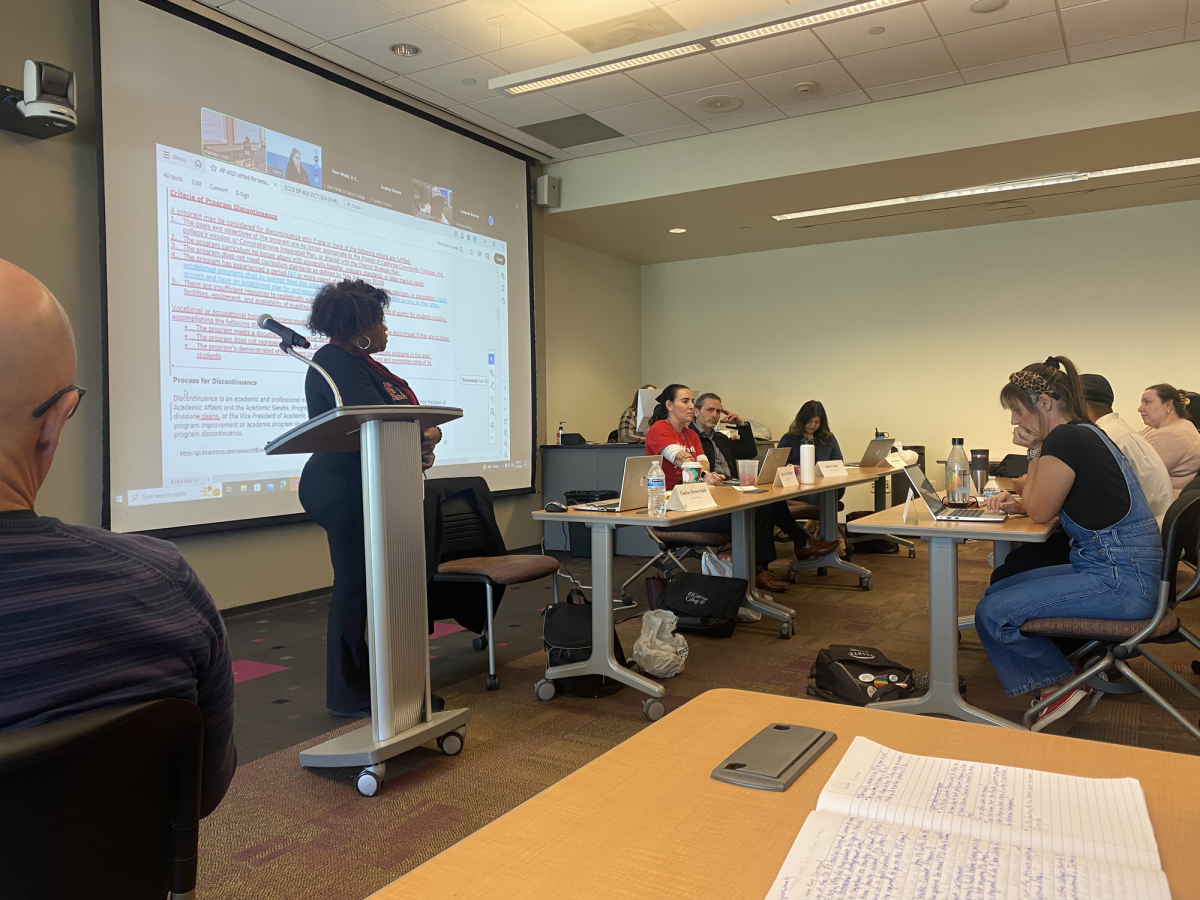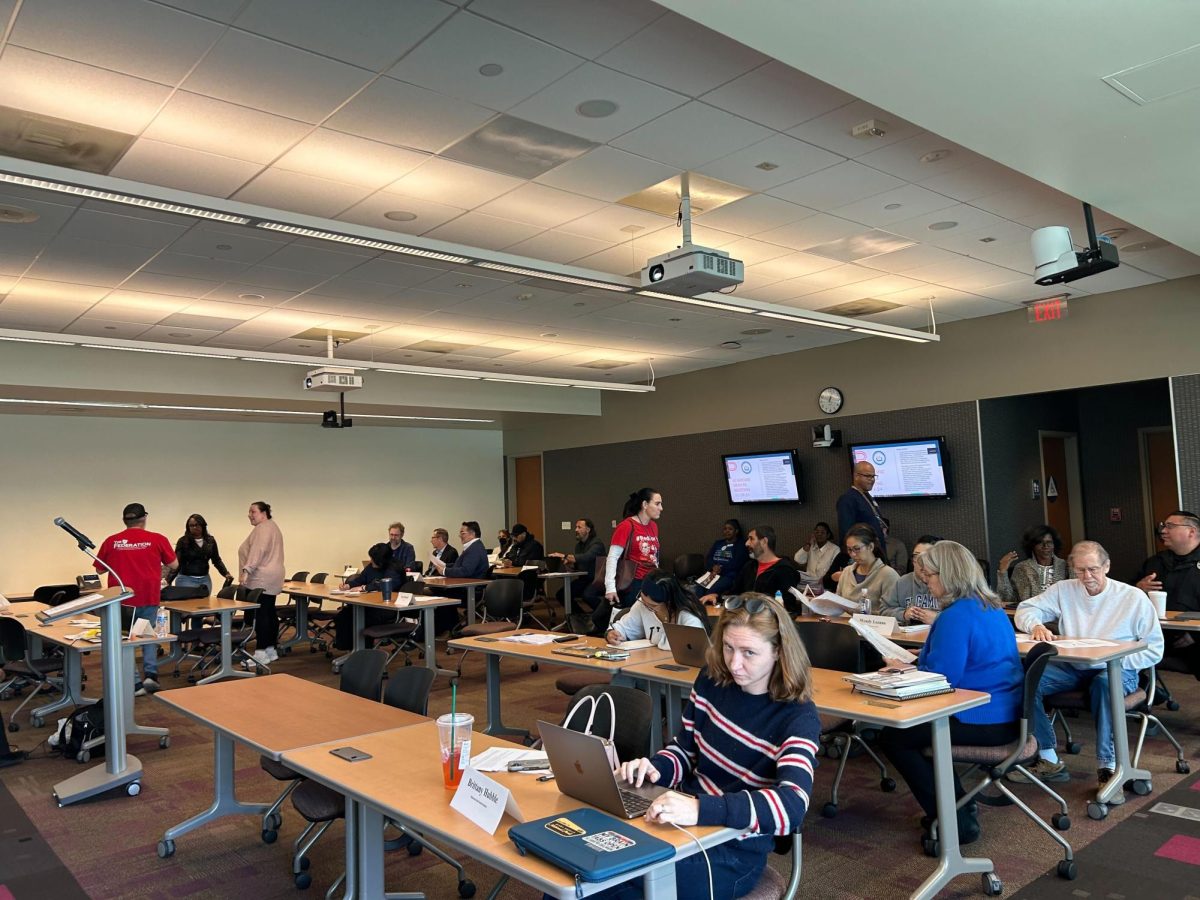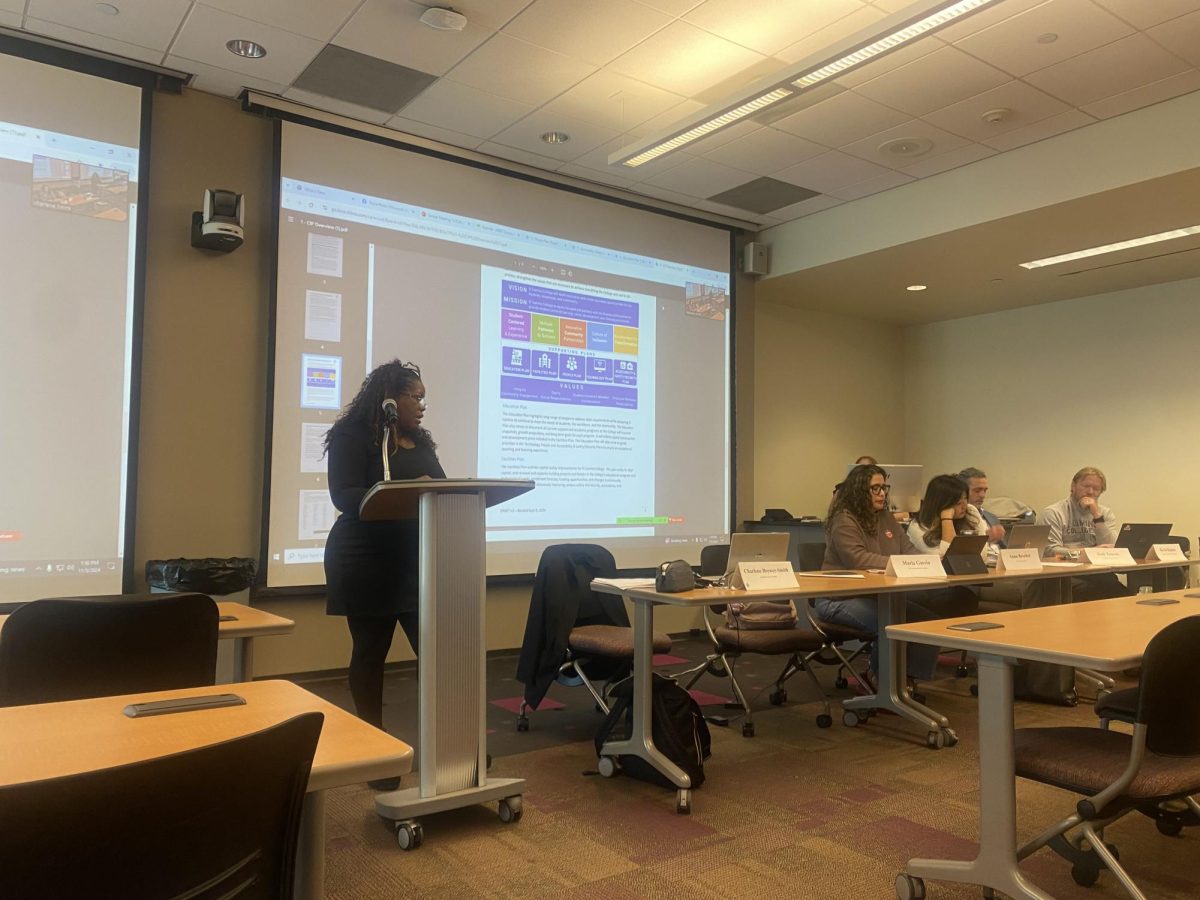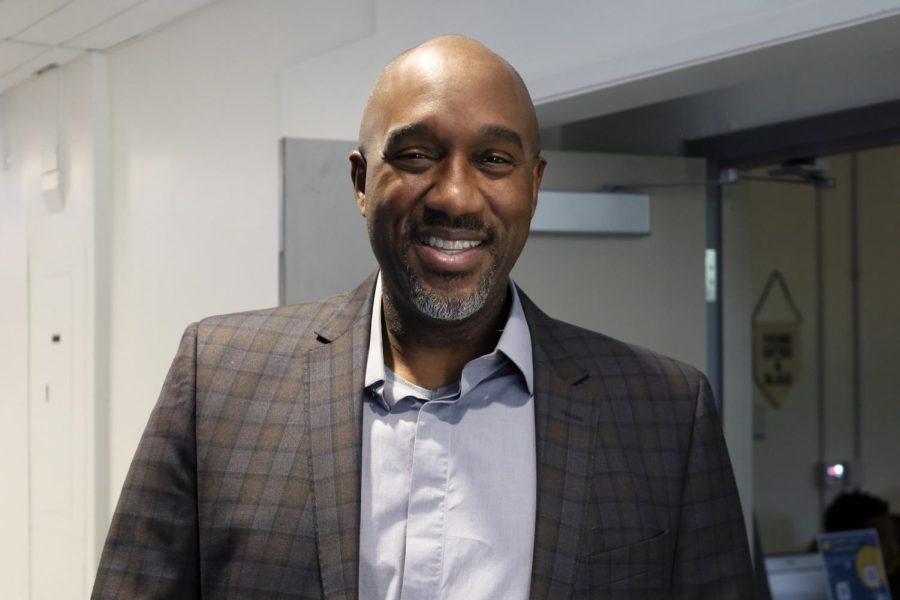A melody by composer Frédéric Chopin travels from the dance professor’s music player to his students’ phones and laptops as they take ballet class using counters, bookshelves and backs of chairs as replacements for barres.
The dancers move to the same rhythm despite being in different places.
“People always think of dancers as flexible and I think it is better to think of dancers as adaptable,” Jonathan Bryant, assistant dance professor at El Camino College and resident of Northridge said.
After the pandemic hit, dance students didn’t miss a beat as they transformed living rooms, bedrooms, kitchens and garages into personal studios so that they could continue to take the class.
“We are dealing with, as our main media, the human body and you know we as a species have been going from place to place and making it our own since forever,” Bryant said. “Being artists who use that as our main media, the idea of being adaptable to different situations, is so kind of ingrained [in us].”
Torrance resident Jana Lipowski, 26, takes dance classes at ECC to help with her acting career. Lipowski said that the class doesn’t feel very different at home anymore.
“I feel like I have gotten so used to the pandemic and COVID and the new norm of life that I just kind of adapted and it’s like a part of my life now,” Lipowski said.
Dance professor at ECC Daniel Berney teaches beginner and intermediate ballet classes online. According to Berney, even though the students are taking classes at home, the structure of the ballet class remains the same.
“[Ballet classes] are two-hour blocks, the first I would say 45 minutes is the warm-up,” Berney said. “In my case, it’s the ballet barre where you are pretty much stationary in a position.”
The challenge of open space appears after barre, when the dancers move to the center for Allegro and traveling combinations. According to Lipowski, this is the hardest part of the class.
“I have literally bruised myself so many times already just from bumping into things, like kicking things or accidentally elbowing something because I don’t have a lot of space,” Lipowski said.
Due to lack of space, Bryant has decided to change his teaching approach this semester from asking them to move big to “[going] Tai Chi with it.”
“Even though we may not be able to do grand leaps and jumps and falls and do all the stuff we normally do in class I can still build those pathways pretty deep and give them access to, ‘Here is how you would ramp up the thing,’ you know,” Bryant said.
While some technique classes have been able to adapt, Berney said that tap, Latin social, ballroom and African dance have had the hardest time.
“Some of our technique classes have suffered,” Berney said. “How do you think you can have a ballroom class or a Latin social class without a partner to work with?”
Classes rooted in partner work have still been able to continue, but the focus is now on learning the individual steps and working with music, Berney said.
However, tap and African dance have been placed on hold due to various reasons. Tap dance, for instance, requires specialized shoes and flooring.
“[For African dance] you need a little more space and the live musician component for the different polyrhythms,” Berney said.
Despite the challenges that coronavirus has brought to the dance department, Bryant remains optimistic about what the students can learn during this time.
“I think this is an opportunity to come out ahead and do really well and that motivates me to make sure that I am still giving them tools,” Bryant said.
Although ballet class is no longer traditional, Lipowski’s inner drive has kept her taking classes during this unprecedented semester.
“If you can find something that you are passionate about that keeps you going, that is important. And I do find that with dance and with music,” Lipowski said.









